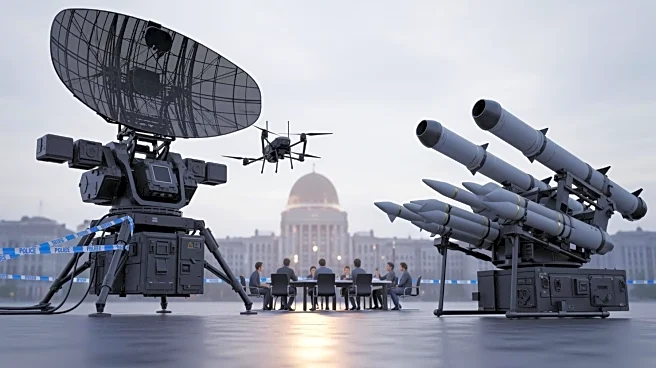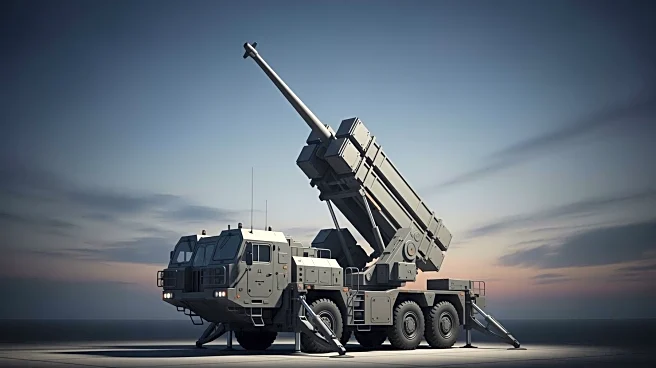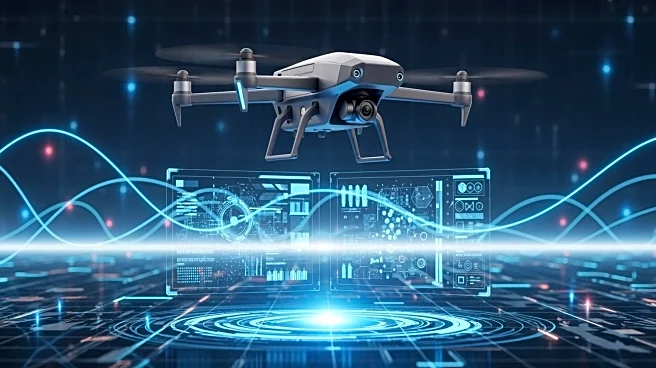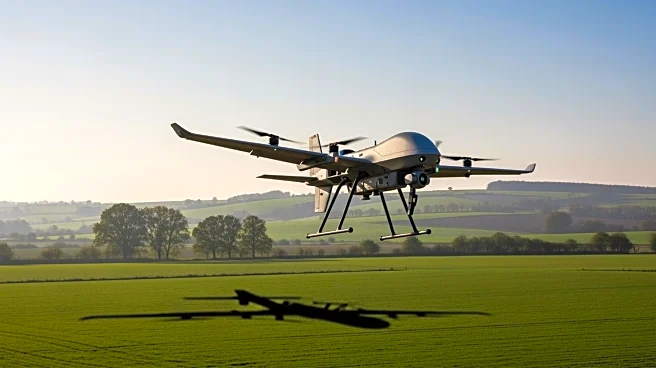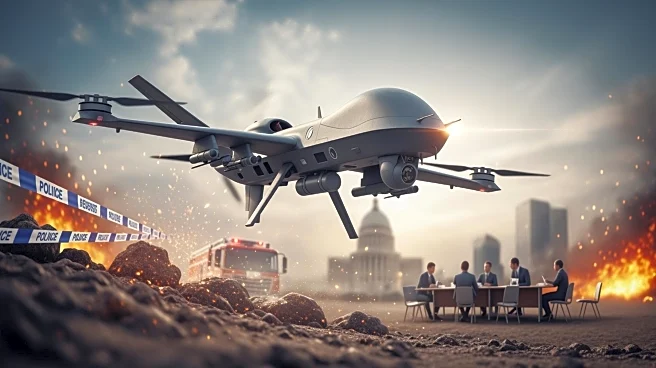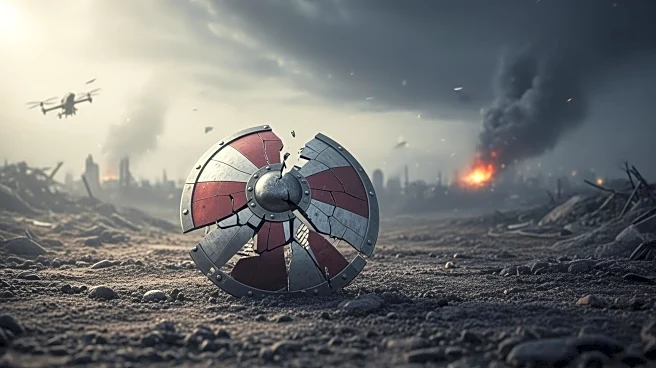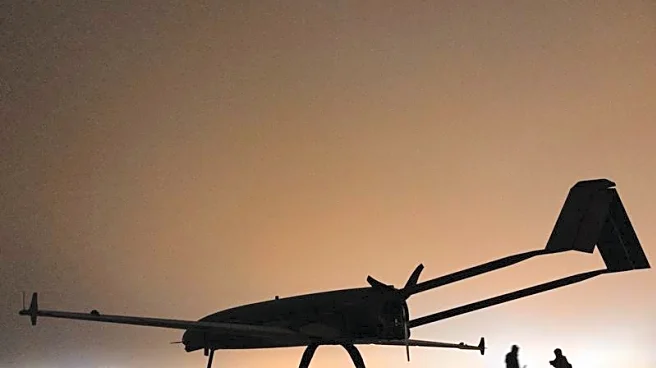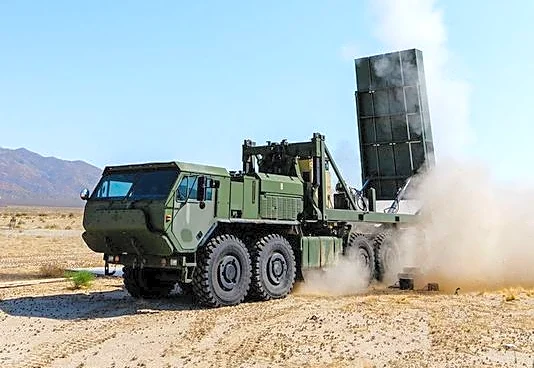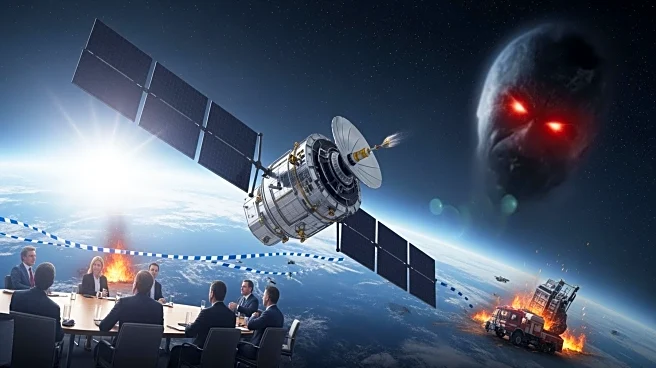What's Happening?
The Russian Ministry of Defence has announced that its air defense systems successfully intercepted and destroyed 82 Ukrainian drones over Russian territory during the night of October 25-26. The majority
of these drones, totaling 30, were reportedly shot down over Bryansk Oblast. Additional interceptions included 26 drones over Tula Oblast and seven over the Black Sea. Other regions affected include the Sea of Azov, Krasnodar Krai, Ryazan Oblast, Rostov Oblast, and the Moscow region, with varying numbers of drones downed in each area. This incident highlights the ongoing tensions and military engagements between Russia and Ukraine, particularly in the context of aerial drone warfare.
Why It's Important?
This development underscores the escalating use of drone technology in modern warfare, particularly in the ongoing conflict between Russia and Ukraine. The downing of such a significant number of drones in a single night indicates the intensity of the conflict and the strategic importance of air defense systems. For Russia, successfully intercepting these drones is crucial to maintaining territorial security and preventing potential attacks on critical infrastructure. For Ukraine, the use of drones represents a tactical approach to countering Russian military capabilities. The incident may influence future military strategies and defense policies in both countries, as well as impact international perceptions of the conflict.
What's Next?
The continued use of drones in the Russia-Ukraine conflict suggests that both nations will likely invest further in drone technology and air defense systems. This could lead to an arms race in drone warfare capabilities, with potential implications for global military strategies. Additionally, international stakeholders may increase diplomatic efforts to address the conflict, given the potential for escalation. Monitoring the situation will be crucial for understanding the evolving dynamics of the conflict and its broader geopolitical implications.
Beyond the Headlines
The incident raises questions about the ethical and legal dimensions of drone warfare, including issues of sovereignty and the potential for civilian casualties. The use of drones in conflict zones also highlights the need for international regulations and agreements to govern their deployment and use. As drone technology becomes more accessible, the risk of proliferation to non-state actors and terrorist groups increases, posing new challenges for global security.
